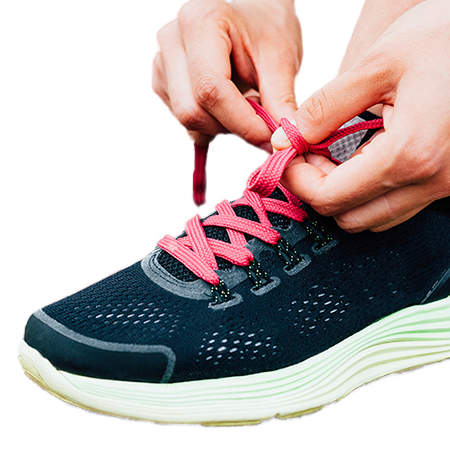In collaboration with:
People with diabetes who use insulin or certain oral antidiabetic drugs must be prepared to deal with hypoglycemia.
WHAT IS HYPOGLYCEMIA?
Diabetes is characterized by high sugar levels, called hyperglycemia. One of a few ways of detecting the sugar levels in the body is through blood sugar. Hyperglycemia is responsible for the damage that leads to health problems in people with diabetes. The treatment of diabetes is to bring sugar levels down to a lower range. There are several strategies that can be used to do this, including the use of oral or injectable drugs such as insulin. Insulin, as well as other antidiabetic drugs, can sometimes cause hypoglycemic episodes.
Hypoglycemia occurs when glucose levels are below 4.0 mmol/L. If not properly managed, hypoglycemia can be dangerous. It can be prevented and its consequences limited by being well informed.
HOW TO RECOGNIZE HYPOGLYCEMIA
Sometimes hypoglycemia goes unnoticed, especially when it occurs at night. One of the best ways to counteract the negative effects of hypoglycemia is to recognize the signs and symptoms. These may include:
- nervousness
- trembling
- weakness
- dizziness
- sweating
- confusion
In more severe cases, hypoglycemia can lead to loss of consciousness and even coma. Episodes of severe hypoglycemia can be a distressing and frightening experience. Some people even develop a persistent fear of experiencing further episodes.
Hypoglycemia should never be managed on the basis of signs or symptoms alone. If you recognize signs of hypoglycemia, you should quickly test yourglucose levels with your meter. If your glucose is indeed below 4.0 mmol/L, a source of glucose should be ingested quickly to bring it back up. If you are experiencing hypoglycemia, there are specific steps to take until your glucose is within normal range. Your pharmacist can tell you exactly what to do when this happens. Work with your pharmacist to develop an action plan.
WHO IS AT RISK OF HYPOGLYCEMIA AND WHAT ARE ITS CAUSES?
Not all people with diabetes are at risk for hypoglycemia. Those who use insulin or medications that increase insulin production present a higher risk. It is especially important for them to know the risk factors for hypoglycemia.
For instance:
- skipping a meal or a snack
- physical activity, especially if it is intense
- drinking alcohol on an empty stomach, and
- taking certain medications to treat other health problems
WHY MUST GLUCOSE BE CLOSELY MONITORED?
Glucose levels fluctuate throughout the day due to multiple factors. The key to successful diabetes management is careful glucose monitoring. Monitor fluctuations in yourglucose levels so you can react quickly to any imbalances. Choose a glucose monitoring device that is convenient for you and that you will use every day. You can detect hypoglycemia by monitoring your glucose levels closely and when you experience symptoms or think you are at risk. Your pharmacist and lab team members can help you with different aspects of glucose monitoring:
- choose the most appropriate technology for your needs and situation
- teach you how to use the chosen device
- monitor your results
- help you if you have a problem
Today, there are technologies that can detect and manage hypoglycemia even more effectively. These are called Continuous Glucose Monitoring (CGM) systems and they measure interstitial glucose. . There are currently two types of CGM: intermittent scan CGM and real-time CGM.
Intermittent CGM, also known as flash glucose monitoring, involves taking interstitial glucose readings using a device with a sensor inserted under the skin and a smartphone or receiver. The user simply scans the sensor with their phone and easily obtains a glucose result.
Real-time CGM is a technology that allows for continuous, 24-hour glucose monitoring. Interstitial glucose readings are taken every five minutes through a device inserted under the skin, and the results are automatically sent to a smartphone or receiver. This technology is particularly useful for people with type 1 diabetes, but can also be beneficial to individuals with type 2 diabetes who need to inject insulin.
Results from the CGM can even be shared with people other than the user. These systems also have alerts that can be programmed to notify when glucose levels are too high or too low. This provides peace of mind not only for people with diabetes, but also for their loved ones. They have several advantages, including reducing the duration of hypoglycemia and preventing severe hypoglycemia.
Speak to your pharmacist for additional information about preventing, detecting, and managing hypoglycemia.
